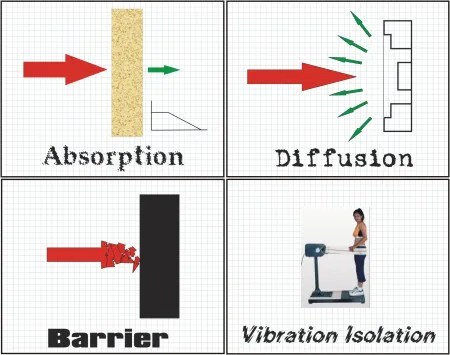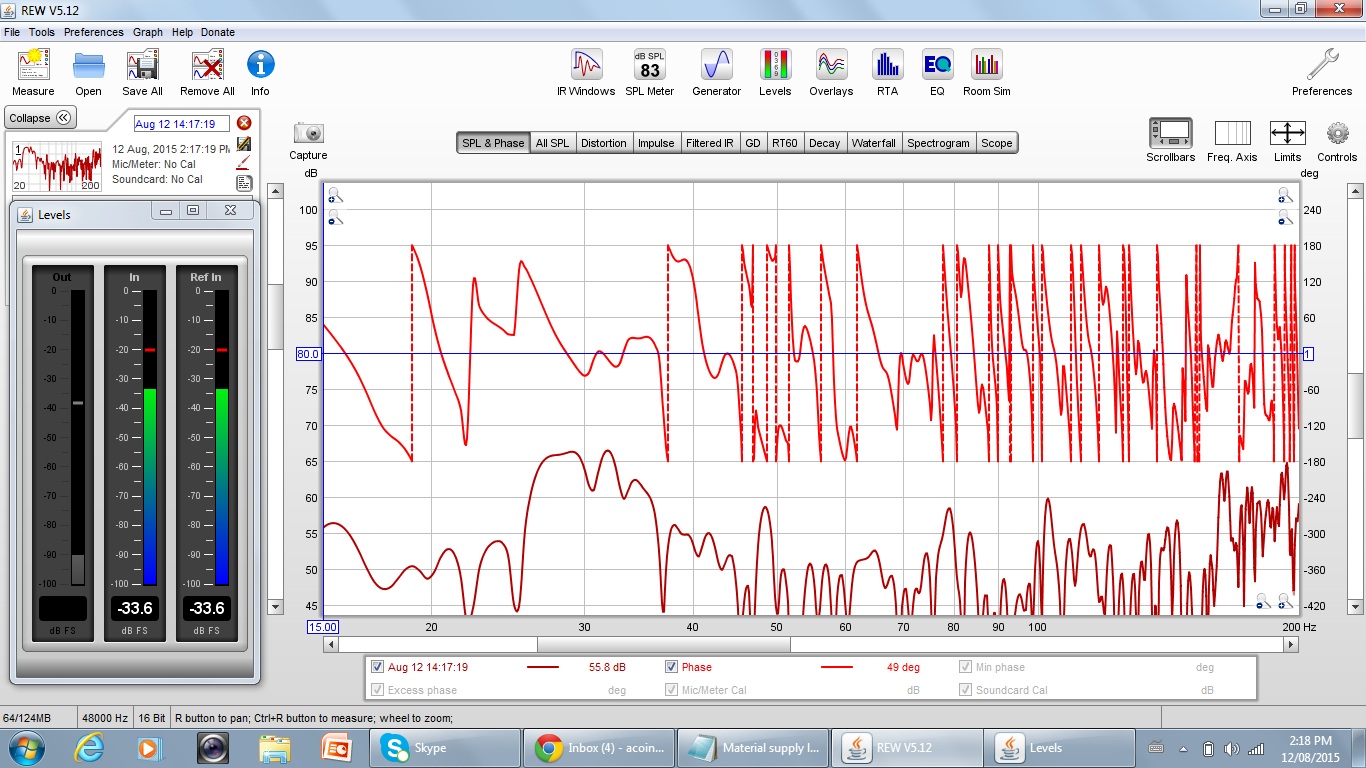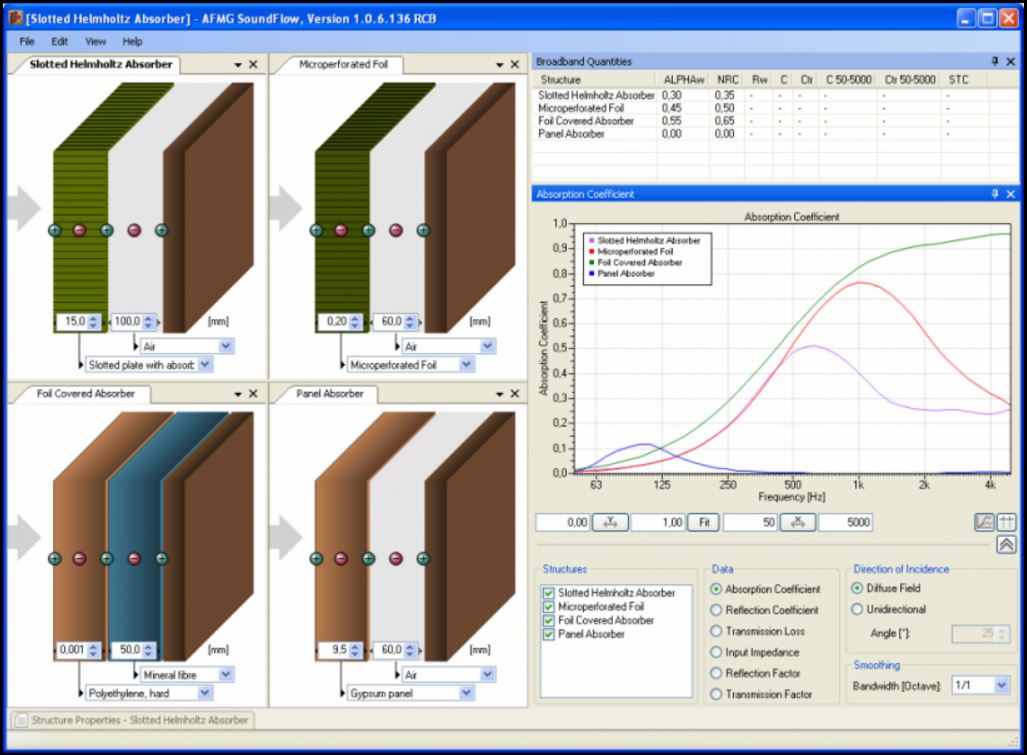Building Acoustic
Building Acoustic:
Acoustics and Communication has been always fundamental to human existence and now audio visual technology is enhancing this in every part of our lives, Acousticsindia has been developed and grown with the industry trend and its location in Asia pacific and other countries has given it many opportunities to work on diverse projects and to build its skill.
The building acoustics deals with sound propagation between rooms within a building respectively from outdoors into the room.
The transmission of the sound takes place by the emission of airborne noise from the vibrating building structures.Besides the traditional fields airborne sound insulation (sound) and impact sound insulation (sound insulation), the entire area of the impact sound has got a significant role. Also important is the sound which is emitted by sanitary installations.
The entire field of architectural acoustics is well covered by standards. In particular, attention is drawn to the international standards ISO 140 and DIN EN 12354.
For measuring building acoustics sound sources, programs for the evaluation of measurements and calculation programs to predict the expected sound insulation are required. We offer all the components.Room Acoustics

The room acoustics is concerned with the impact of the structural conditions of a room and sound events held in it.
The task of room acoustics, it is primarily to affect the acoustic properties of a room so that the acoustic properties suit well with its intended purpose. The acoustic is of great importance in areas in which listening is crucial. These include cinema, theatres, meeting rooms, classrooms, Broadcasting TV/FM radio studios, and Auditoriums.
The best known and most important measurement of the room acoustics is the reverberation time. It is the period in which the sound pressure level of a sound event in a room decreased by 60 dB, strictly speaking, has taken on the thousandth part of the
Sound Power Measurements
The acoustic sound power is the size per unit time of a sound source emitted sound energy. Its unit is the watt (W). The corresponding logarithmic size is the sound power level.
With sound power, a source is clearly identified. The sound power is independent of the environment in which a sound source is operated.
The sound power can be determined either with the acoustical engineering method (ISO 3740) or the intensity method (ISO9614).

Sound detection and localization

Noise abatement needs localization of sound sources. For that purpose, various acoustic methods are existing, choosing the right technique depends on both the application and the required information. We offer basically two different methods Beam forming and intensity measurement.
The Acoustic Camera is using the Beam forming algorithm. The method is based on a microphone array which is “focused” on the different measuring points on the measuring object. It is measuring in the so-called far-field at a distance of 1 m to 300 m or even more.
A digital camera is used to acquire an image of the noise-emitting object. At the same time, an exactly defined array of microphones
records the sound waves emitted by the object. Dedicated software then calculates a sound map and combines the acoustical and the optical images of the noise source.
The Acoustic Camera can extend the known standard time- and frequency-selective analysis and add a location-selective component. With this method not only the progression of the sound signal is shown but a sequence of acoustic images can be acquired: Acoustic films are generated. The analysis clearly shows which sound sources are active in time and location. Extreme slow motion is possible – up to a resolution of 192.000 images per second if required.
Also, the intensity measurement technique can be used for source localization. Intensity describes how much sound power emerges through a surface element. It is a near-field method and is used at a distance of 10 to 30 cm from the target. Intensity is a directional quantity and can therefore also determine the direction of emission.
Intensity is measured with an intensity probe. These probes consist of two-phase microphones and are based on the intensity as a product of sound velocity and sound pressure. A big advantage is that the sound intensity can be measured in ambient noise. Intensity allows an accurate determination of the radiated power. The process is time- consuming and requires stationary sources.

